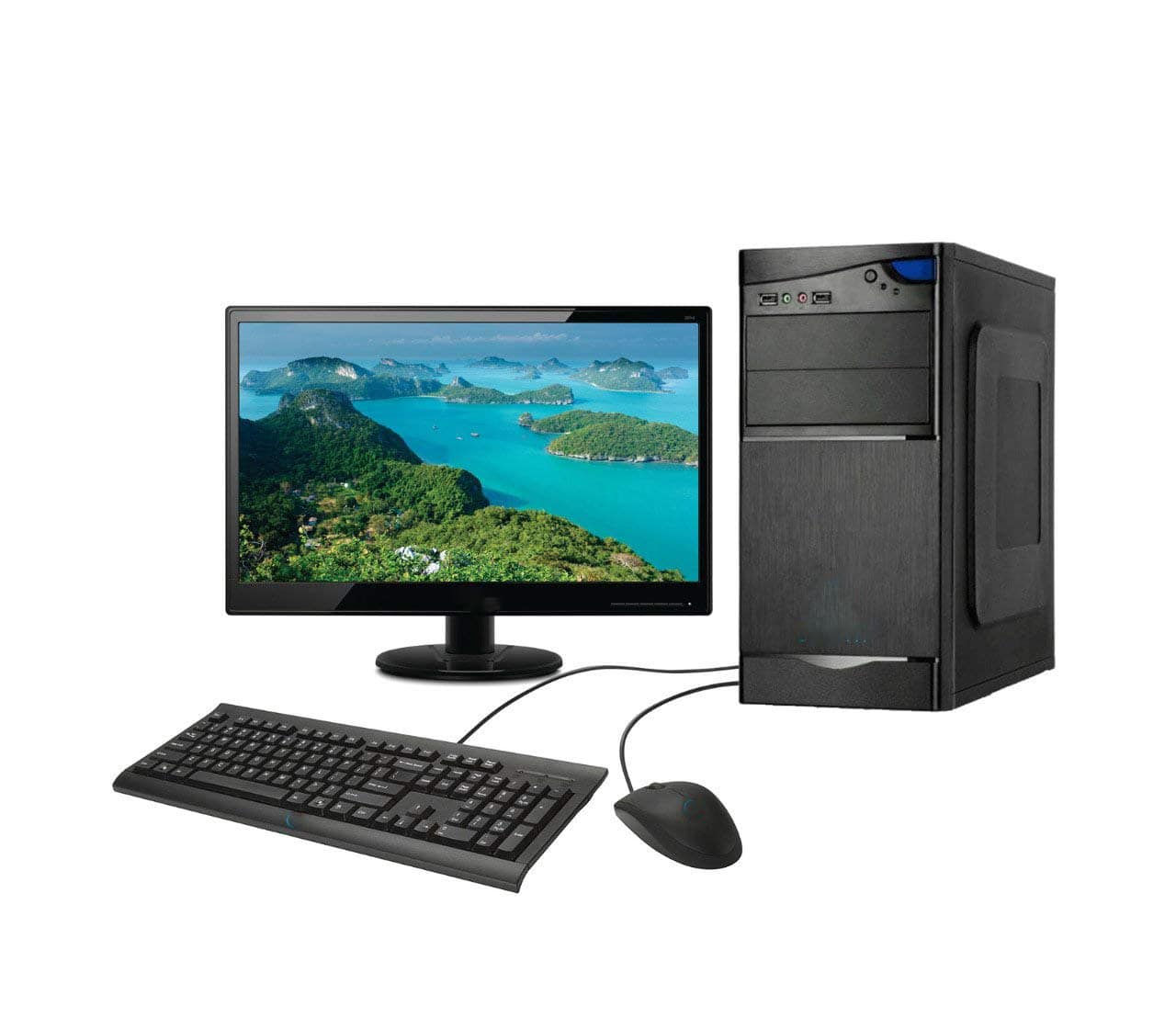Computers now characterise literally everything you interact with in this day and age. The simplest definition of a computer is that it is a device or set of devices that is used to collect, process, store, and retrieve data. There is more to that obviously but that is just an elementary definition of what a computer is. Now, it is vital to know that there are different types of computers. Knowing that will give you a better appreciation of computers particularly with respect to their features and how they function. In this article we shall discuss the different types of computers out there.
Before we delve into this topic there is something you must know. Categorisations of computers are quite varied so do not be surprised to see different numbers of types of computers. Some categorisations are holistic whilst some are a bit more comprehensive. For instance, categorisation can be by purpose, function, usage or generation. Typically, there are 4 types of computers namely, supercomputers, mainframe computers, minicomputers and microcomputers.
Table of Contents
Supercomputers
These computers are at the top end of the spectrum. They wield enormous data processing capabilities. Usually the data processing in question entails lots of complex mathematical functions. Not only do they have the highest data processing capabilities but they are also the largest in size. They vary in size but you can expect that a supercomputer will occupy an entire room, floor or in some cases a whole building. They are normally kept in highly-regulated environments – air-conditioning is mandatory.
They have applications in fields that entail large amounts of data and a heightened need for precision and speed. Normally the data processing needs are real-time which is why speed and precision are imperative. Some of the fields in which supercomputers are used are space exploration, weather forecast systems, and nuclear weaponry systems. As you might have already inferred, supercomputers are extremely expensive. It is no wonder you find that global tech companies are the ones who usually have this type of computers.
For supercomputers, data processing speeds are measured in floating point operations per second (flops). In case you are wondering, a floating point operation, for example, is a calculation involving complex equations or formulae. These equations or formulae will be analysing real-life numbers in real-time. That is why the input-output architecture of a supercomputer is characterised by supersonic speeds.
Mainframe Computers
When we are talking about mainframe computers you would think they are identical to supercomputers. In a way that sounds just about right because they share the same characteristics. For example, they have the capabilities to process large amounts of data with supersonic speeds. They are also pricey and very big in size. They are big enough to fill rooms and also require specially regulated environments.
What can really then make a mainframe a mainframe is its application. Mainframe computers are usually used by government arms, banking institutions, academic institutions, insurance companies, and so on. In essence, you can find one mainframe computer being able to support numerous users. This can actually happen simultaneously and in real-time. To put this into perspective, a mainframe computer can support several millions of users at once. No wonder it is common to find data processing speeds of mainframes being measured in million instructions per second (mips).
Minicomputers
You might come across the term mid-range computers – that is another term for minicomputers. We even had to place it here in between the microcomputer and the mainframe computer. That would explain the ‘mid-range’ aspect. They obviously have far much less data storage and processing capabilities. That is in comparison to the supercomputers and mainframe computers we discussed earlier.
Bear in mind that a minicomputer is not solely designed for use by one user. A minicomputer can support as many as 200 users in real-time, simultaneously. That is why minicomputers are described as multi-user computers. They tend to have a dedicated use for a particular activity or activities. Thus if you, for instance, see a computer being used in a production line of a manufacturing company it is most likely a minicomputer. In some cases the minicomputer can be embedded in a machine or connected to terminals or specialised readers e.g. card readers.
Just so you know, it is possible to find computers termed super minicomputers. They are termed so because their data storage and processing capabilities will be almost as good as some mainframes. This ‘super minicomputer’ term used to be common in years past as minicomputers were still evolving.
Microcomputers
This is definitely the most common type of computer globally. The term ‘microcomputer’ stemmed from their being built on a single-chip microprocessor. It is a cluster of computers that branches off into several unique computers i.e. types of microcomputers. They are the most commonly used, cheapest and most easily available computers you can find. They also tend to be very compact and in most cases portable. You are all familiar with devices such as laptops, tablets and desktop computers amongst others – those are all microcomputers. Even some game consoles and calculators can be classified as microcomputers. The applications of microcomputers are 3-tier, as in, they are usually used for academic, work-related and entertainment purposes.
These are the 4 basic types of computers. Almost, if not, all of you have interacted with a microcomputer at some point. You are most probably reading this article on a microcomputer. Supercomputers and mainframe computers are not that typical and not many get the chance to interact with them. We could say the same for minicomputers though a considerable might have at least seen one. Overall, as we move from supercomputers, through mainframes, minicomputers down to microcomputers it is from fastest and most expensive.





